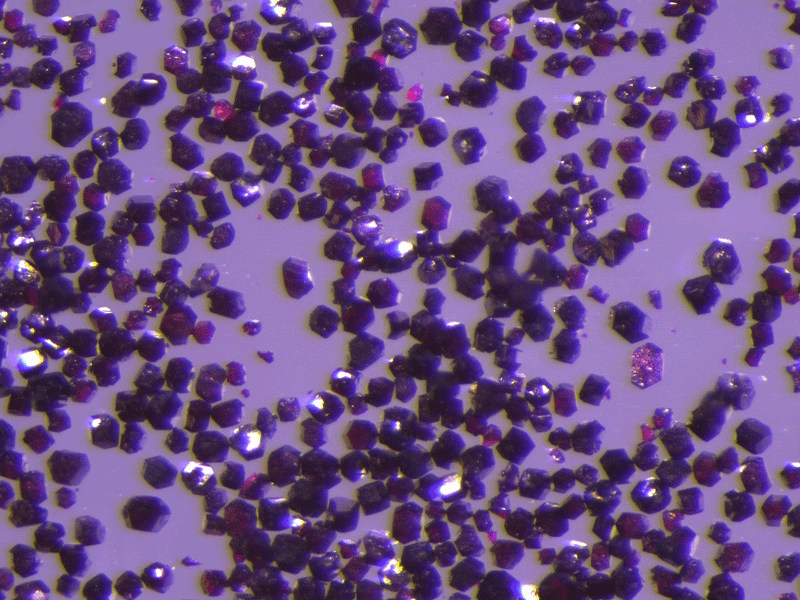Sponge-like material captures air pollutants
A porous material that captures toxic pollutants such as benzene can release clean air, claim scientists at the University of Limerick (UL), Ireland.

The sponge-like material, known as BUT-55, captures benzene at part per million (ppm) level with a low-energy footprint and can be regenerated with mild heating.
The material is formed as a 3D framework structure comprising cobalt-based rod building blocks (RBBs) and linear BDP2− (H2BDP = 1,4-di(1H-pyrazol-4-yl)benzene) linkers.
‘BUT-55 was synthesised by reacting the organic ligand (H2BDP = 1,4-di(1H-pyrazol-4-yl)benzene) with metal salt Co(NO₃)₂6H₂O under solvothermal conditions,’ explains Dr Xiang-Jing Kong from the Department of Chemical Sciences at UL.
‘After removing all guest molecules from the pores, the material was packed into a column. When simulated polluted air passed through this column, benzene would be captured, and clean air then came out.’
Kong says that current methods to remove benzene from indoor air include plasma oxidation, photocatalytic oxidation and adsorption by activated carbons.
‘Oxidation is commonly used to degrade benzene, but secondary pollutants (CO, NOx and O₃) are simultaneously generated. Adsorptive removal of volatile organic compounds (VOCs) from polluted air and industrial effluent streams by physisorbents is attractive because of their relatively low recycling energy.
‘However, traditional physisorbents show weak affinity towards VOCs, especially at low-partial pressure. BUT-55 shows high sensitivity, selectivity and capacity towards trace benzene with low-energy footprint, outperforming other materials.’
The material has been tested by performing single-component gas sorption measurements on sorption instruments and simulated air purification under both dry and humid conditions.
Kong reports, ‘BUT-55 exhibits high benzene uptake of 3.28mmol g−1 at 298K and 7.3Pa. In breakthrough experiments, BUT-55 shows an extremely long breakthrough time of
8,000h g−1 (around one year) under both dry conditions and 50% relative humidity (RH), and a reduced time of 6,000h g−1 at RH 80%, indicating small interference of moisture.
The residual benzene in effluent streams flowing through a BUT-55-packed bed was 2.82μg m−3 below indoor limits set by most countries/regions. All these results are new benchmarks for trace benzene removal.’
Regarding commercialisation, Kong explains that BUT-55 is easy to synthesise with high yields and that the starting materials are also easily available.
‘Because its performance is super good, a small amount of sample could work for a long time. 1g of sample can work for around one year continuously to purify around 5,000L of polluted air containing benzene of 10ppm. So, it holds a great promise in commercialisation in the near future.’
In further testing, the research team hopes to trial the performance of these new materials in capturing and/or separating other VOCs – such as toluene and xylenes – and to explore scale-up production.

